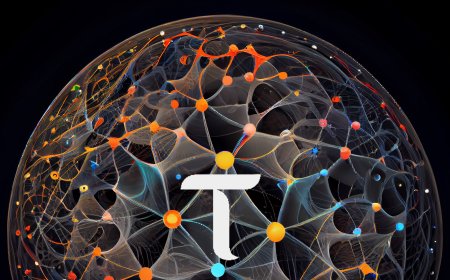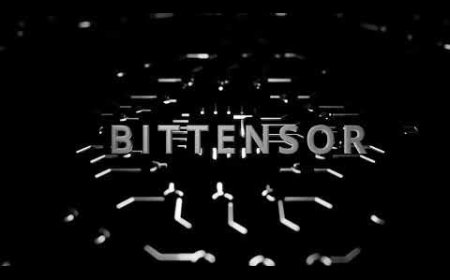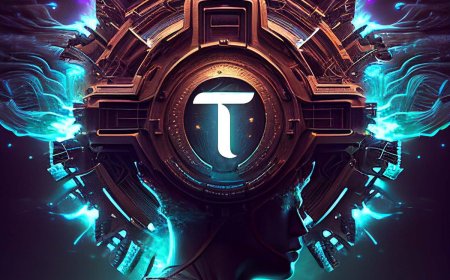BitTensor: Revolutionizing AI with Decentralized Incentives and Open-Source Innovation
BitTensor is emerging as a groundbreaking force in the world of artificial intelligence, offering a unique blend of decentralized computing, open-source development, and cryptocurrency incentives. This innovative platform is reshaping how we approach AI development, creating a more diverse, open, and democratized ecosystem for machine learning and digital commodities. In this comprehensive overview, we'll explore the key components of BitTensor, its revolutionary approach to AI development, and its potential to transform the landscape of artificial intelligence.
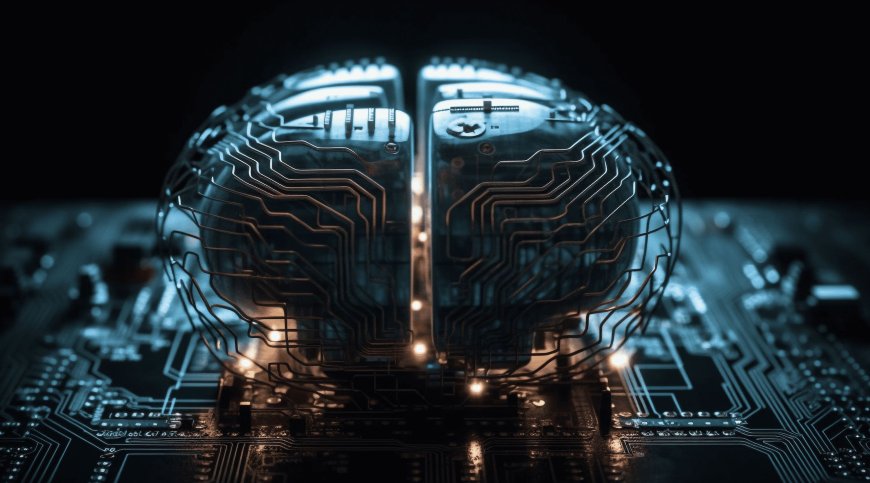
The BitTensor Ecosystem: A Decentralized Marketplace for AI
At its core, BitTensor is a decentralized incentivized commodities market that enables the creation of subnets - specialized instances of decentralized compute. This network brings together three main constituents: miners, validators, and subnet owners, each playing a crucial role in the ecosystem's functionality and growth.
Miners are the workhorses of the BitTensor network, producing a wide range of digital commodities. These can include text responses, images, compute power, pre-training data, price predictions, and even storage space. Miners are driven by incentives to perform their operations in the most cost-effective and reliable manner possible.
Validators act as the gatekeepers and quality control agents of the network. They provide access to the network data and are responsible for running code to validate the outputs of miners. Through a rewards mechanism, validators decide which miners are performing the best work, grading participants by setting weights. This system enables participants to receive on-chain incentives for their actions while ensuring the network continuously improves by rewarding top performers and phasing out underperformers.
Subnet owners play a crucial role in creating individual ecosystems within the larger BitTensor network. These subnets essentially function as marketplaces for specific digital commodities. Subnet owners are key to the network's growth and innovation, as they're the ones who can actually build and deploy products. The network rewards those who can create and execute ideas, not just those with capital.
The Tao Token: Fueling the BitTensor Economy
Central to the BitTensor ecosystem is its native cryptocurrency, the Tao token. Following a model similar to Bitcoin, TAO has a fixed supply of 21 million tokens and operates on a halving schedule. As of now, approximately 6 million Tao have been mined, with an impressive 90% of all emitted Tao being staked by network participants.
This high staking ratio creates very low liquidity, positioning the project uniquely in the cryptocurrency world. The token economy of BitTensor is designed to incentivize long-term participation and contribution to the network. Currently, the project is still in its early stages, comparable to Bitcoin's position in 2010, which explains the high staking rewards currently offered to participants.
The Importance of Decentralization in AI
BitTensor's approach to decentralization in AI is multifaceted and nuanced. While the network is often referred to as decentralized, it might be more accurate to describe it as distributed. The core participants providing commodities are spread out across the network, which leans towards decentralization. However, certain aspects of the network, such as mining concentration or GPU providers, could be seen as centralized.
The key to BitTensor's decentralization lies in its resistance to centralized control. Even if certain components rely on centralized providers, the network is designed to continue functioning if any single centralized element is removed. This resilience is crucial for creating a truly robust and decentralized AI ecosystem.
The importance of decentralization in AI extends beyond just network architecture. It fosters diversity, openness, innovation, and education. Open-source software has demonstrated its potential for rapid advancement and greater scrutiny compared to closed-source alternatives. In the open-source world, bad actors are quickly identified and ostracized by the community, ensuring a higher level of accountability and quality.
Incentivizing Open-Source AI Development
One of BitTensor's key innovations is its incentive structure for open-source AI development. By monetizing open-source machine learning models, the platform provides a financial incentive for researchers and developers to contribute to open-source AI projects. This system embodies the principles of meritocracy and decentralized AI, allowing anyone to submit models that are judged solely on their merits.
The merging of cryptocurrency and AI in BitTensor creates an incentive layer built directly into the protocol. This is crucial for compensating people for the value they're adding and for bootstrapping the network. A real-world example of this in action is an AI company that could save a million dollars a year in server costs by porting their workload to BitTensor, while also getting paid for the content they create.
From a builder's perspective, this incentive structure has been hugely beneficial, providing financial runway for projects. However, it's not a free ride - there's competition at every step. Companies can't simply create a subnet, put all their miners on it, and reap rewards. If others do the job better, they'll take over those tasks. This competition drives natural product development and innovation within the ecosystem.
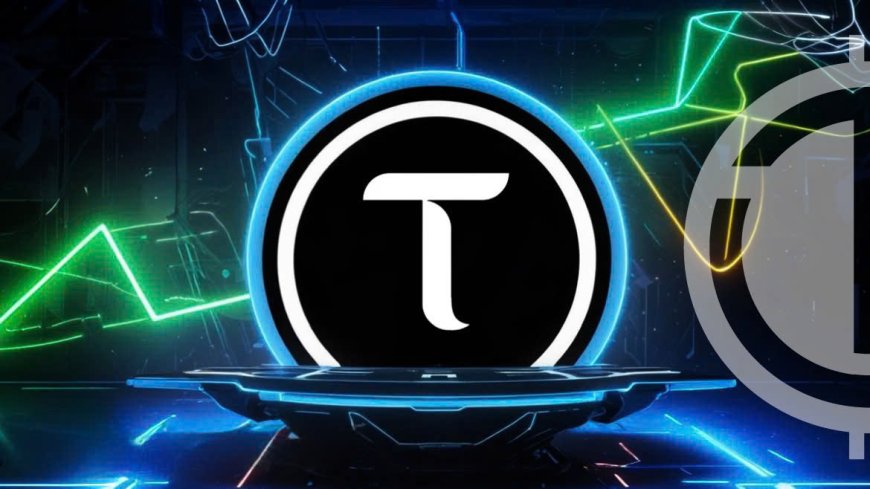
Key Projects in the BitTensor Ecosystem
Two standout projects within the BitTensor ecosystem are TaoStats and Corsel, each serving a unique and vital function for the network.
TaoStats functions as the de facto blockchain explorer and data analytics site for the BitTensor network. It provides accurate data and visualizations to help users understand the unique aspects of BitTensor. The platform is continually evolving, adding new features and insights to provide a comprehensive overview of the network's activity and performance.
Corsel, on the other hand, represents the consumer-facing potential of BitTensor. Originally created as an API access point to the text prompting network, Corsel has evolved into a sophisticated application that aggregates responses from various large language models. This allows it to provide the best possible answers to user queries, showcasing the power of BitTensor's decentralized approach to AI.
Corsel is a prime example of how BitTensor can create powerful, decentralized AI solutions that compete with and potentially surpass centralized alternatives. It offers developers access to the power of multiple enterprise AI keys through a single interface, demonstrating the practical benefits of BitTensor's decentralized model.
Governance and Future Developments
As BitTensor continues to grow, governance becomes an increasingly important topic. The current system places a significant amount of power in the hands of validators, particularly the top 12 validators who form the Senate and can vote on core proposals. While this system has worked well so far, there are ongoing efforts to further decentralize power within the network.
The Dynamic Tao proposal aims to address the centralization of power among validators. It seeks to use natural market dynamics to control emissions for each subnet based on demand and value. This represents a move towards a more "free market" approach within the network, potentially allowing for greater democratization of the platform's governance.
BitTensor can be seen as increasingly democratized, as token holders can vote on where to delegate their stake and, with the implementation of Dynamic Tao, choose which subnet tokens to hold. This creates a meritocracy where the best subnets should theoretically win out over time. The system rewards those who put in more effort to understand and engage with the network, similar to how deeper engagement in the broader crypto ecosystem can lead to better opportunities beyond simply buying and holding Bitcoin.
Challenges and Future Outlook
While BitTensor presents an exciting vision for the future of AI, it's not without its challenges. Balancing true decentralization with the need for some centralized points of interaction for larger participants remains an ongoing challenge. The project must also navigate the complex regulatory landscape surrounding both cryptocurrencies and AI development.
Despite these challenges, the future looks bright for BitTensor. As the project continues to evolve, it aims to democratize access to advanced AI capabilities while maintaining a commitment to decentralization and open-source principles. The ongoing developments in governance models, subnet structures, and application interfaces promise to make BitTensor an increasingly powerful and flexible platform for AI development and deployment.
Conclusion
BitTensor represents a bold new approach to AI development, one that leverages the power of decentralization, open-source collaboration, and cryptocurrency incentives to create a more open, innovative, and democratized ecosystem. By providing financial incentives for open-source contributions, fostering competition among miners and subnet owners, and continuously evolving its governance structures, BitTensor is positioning itself at the forefront of the next generation of AI platforms.
As the project continues to grow and mature, it has the potential to significantly impact how we develop, deploy, and interact with AI systems. Whether you're an AI researcher, a developer, or simply someone interested in the future of technology, BitTensor is a project worth watching closely. Its unique approach to combining AI and blockchain technology could very well shape the future of both fields in the years to come.
Source : @The Bittensor Hub.

